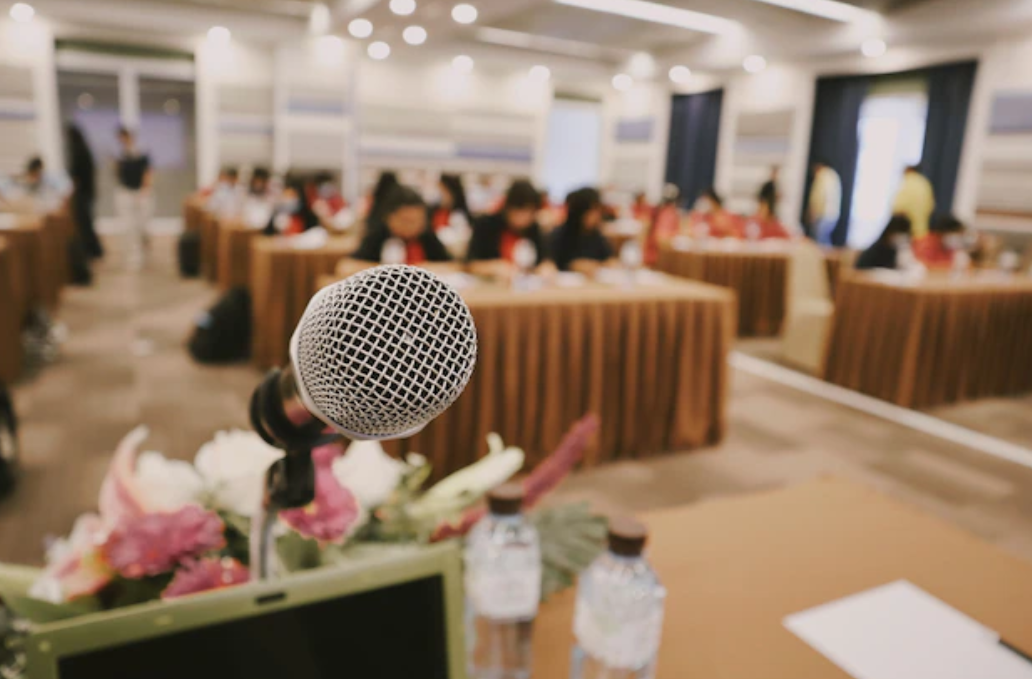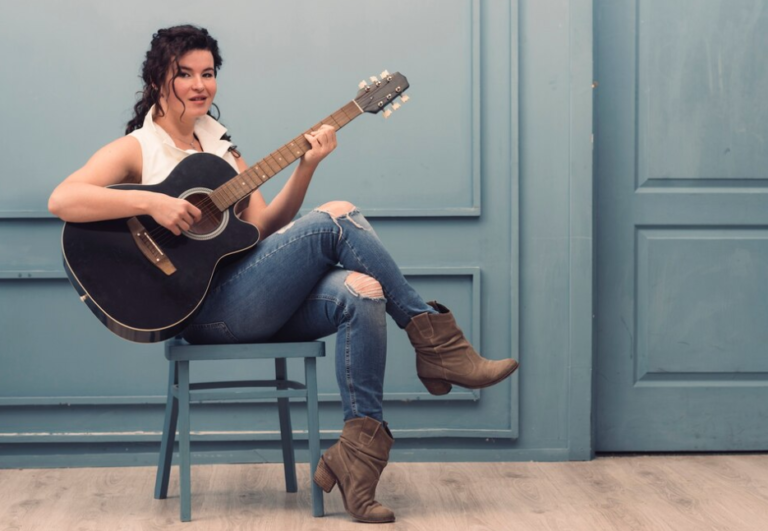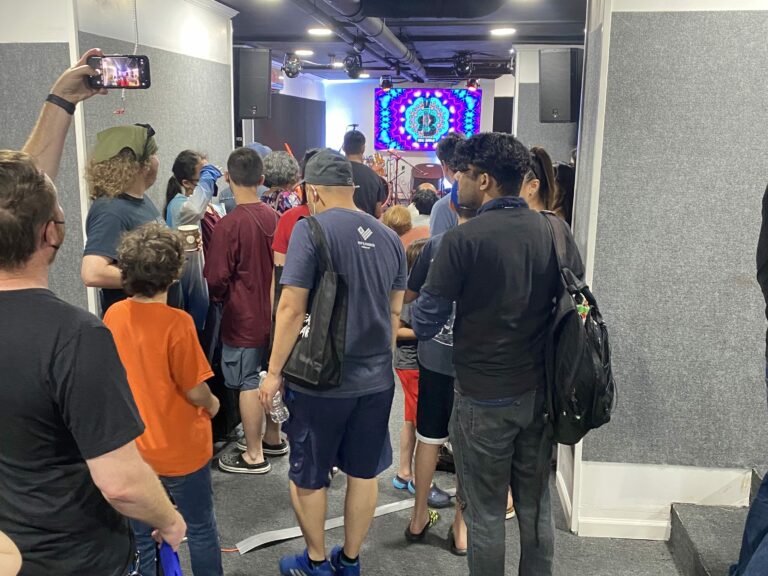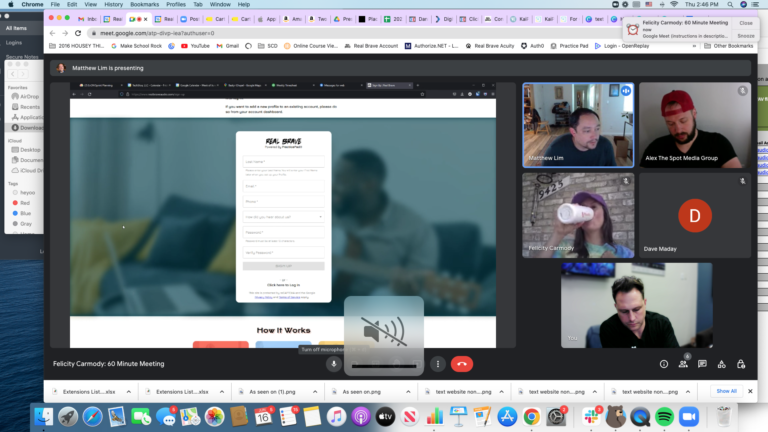The Astonishing Benefits of Art-based Education
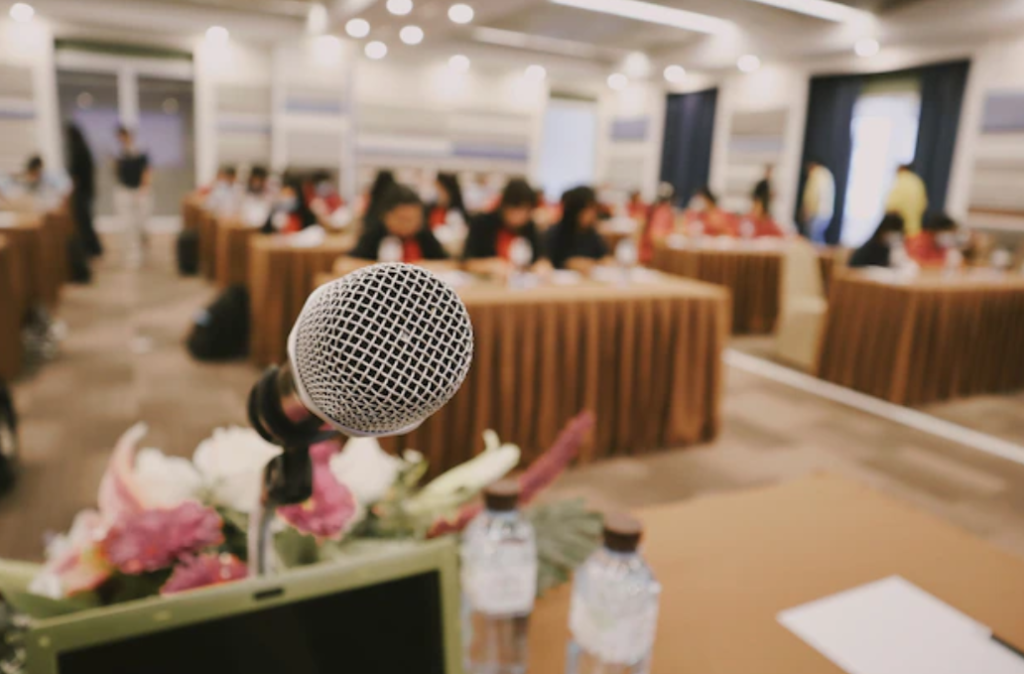
In this article, we’re gonna take a rollercoaster ride through the ups and downs of this debate, breaking down the pros and cons for you.
So, strap in, because we’re about to get into whether infusing art and creativity into teacher training is a stroke of genius or a misstep.
The wild world of education, where the hottest topic on the block is all about infusing artistic and creative flair into teacher training programs.
Or- maybe this is the biggest issue in education? How many teachers are overtrained and overstimulated?
Now, some folks are chanting from the rooftops that nurturing these skills in our upcoming educators is the holy grail of unleashing dynamic and super-effective teaching wizardry.
However, hold your pencil shavings, because there’s another bunch of folks out there. Skeptical and raising their eyebrows, they are worried that this creative push might just lead us down a rabbit hole, away from the fundamental teachings of pedagogy.
Advantages of Enriching Teacher Education with Artistic and Creative Skills
Elevated Student Engagement
A potent benefit of weaving artistic and creative skills into teacher training is the promise of higher levels of student engagement.
Educators proficient in the arts and creative techniques have the potential to make their lessons more appealing and enjoyable, leading to superior learning outcomes.
Variety in Pedagogy
Fostering artistic and creative prowess enables educators to possess a wider array of teaching methods. Such educators can cater to diverse learning styles and needs, rendering education more inclusive and efficacious.
Enhanced Problem-Solving and Critical Thinking
Artistic and creative training often inspires critical and innovative thought. Educators equipped with these capacities can motivate students to think creatively and approach problems innovatively.
Stronger Emotional Bonds
Creatively inclined teachers can form more profound emotional ties with their students. Artistic expression can be a compelling communication tool, allowing teachers to connect more deeply with their students.
Inspiration and Motivation
Teachers passionate about arts and creativity can inspire students to delve into their own creative potential. This inspiration can profoundly impact students’ personal growth and development.
Drawbacks of Integrating Artistic and Creative Skills in Teacher Education
Curriculum Overload
Detractors claim that integrating artistic and creative skill development into teacher training programs can result in a crowded curriculum. This could distract from critical pedagogical training and pose challenges in covering all essential topics.
- Resource Constraints: introducing arts and creativity into teacher training necessitates resources such as specialized instructors, materials, and facilities. Given many institutions are already grappling with budgetary constraints, allocating resources for this purpose can prove challenging.
- Assessment Dilemmas: Conventional methods of assessing teacher competence may not fully encompass the influence of artistic and creative skills on education. This could lead to issues in evaluating teachers and their effectiveness.
- Time Limitations: Teacher training programs frequently face time limitations. Incorporating artistic and creative skill development may need additional hours, potentially prolonging the duration of training, which may be inconvenient for aspiring educators.
- Subject Relevance: Detractors question the relevance of artistic and creative skills in subjects where it may not seem directly applicable, such as mathematics or science. They argue that concentrating on the core subject matter is more vital.
Conclusion
Alright, folks, let’s wrap this up!
We’ve been right in the thick of it, exploring the fiery debate swirling around the integration of artistic and creative skills into the realm of teacher education. We’ve seen the bright side, where engagement soars, teaching strategies multiply like rabbits, and those critical thinking gears start turning. But let’s not kid ourselves; there’s some turbulence ahead.
We’re talking about the ominous clouds of curriculum overload, the resource drought, and the tricky business of assessing all this creativity.
Now, what’s the big takeaway here?
It’s all about finding that sweet spot, that golden balance between the traditional pedagogical wisdom and the wild world of artistic and creative skill development. Maybe that’s why the shift away from public education is happening. Remember, it’s not a one-size-fits-all deal. The impact of this integration will depend on the subject matter, the students in the mix, and the resources at hand. So, before charging ahead, educators and policymakers, roll up your sleeves and weigh those pros and cons carefully. Make sure your educational goals and priorities are in sync with this creative crusade.
